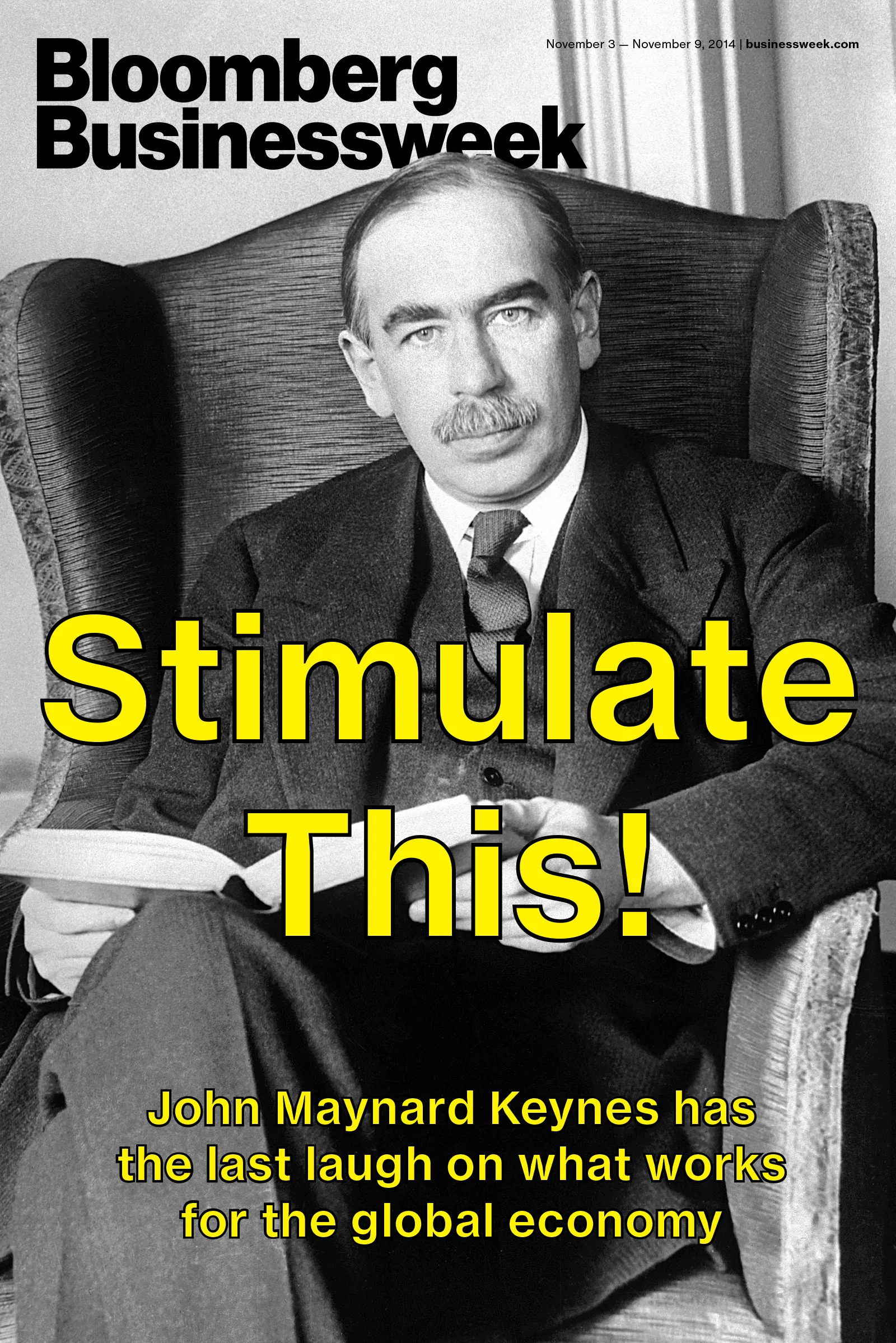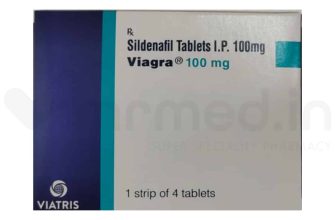Consider this: Bloomberg Radio’s listener demographic skews heavily towards high-income, affluent professionals. Targeting this audience with Viagra advertisements represents a calculated risk – one that leverages the station’s established credibility and reach. The success hinges on several factors, which we’ll explore below.
Advertising Viagra on Bloomberg Radio isn’t about mere brand awareness; it’s a precise tactic. The station’s programming attracts men who are likely to have the disposable income and health concerns that make Viagra a relevant product. This demographic segmentation minimizes wasted ad spend and maximizes return on investment (ROI). Furthermore, the perceived sophistication of Bloomberg Radio aligns surprisingly well with the message of reclaiming confidence and vitality associated with Viagra.
However, the strategy isn’t without potential drawbacks. Some listeners may find the ads intrusive or incongruous within the typically serious news and financial programming. A successful campaign requires careful consideration of ad placement, creative messaging, and a clear understanding of the potential for negative reactions. Clever execution is key. Analyzing competitor ad strategies across similar platforms will provide valuable insights.
- Viagra Ads on Bloomberg Radio: A Detailed Analysis
- The Target Audience: Understanding Bloomberg Radio Listeners
- Demographics and Psychographics
- Advertising Implications
- Targeting Viagra Ads
- Data Sources
- Advertising Strategy: Why Viagra on Bloomberg?
- Targeting High-Net-Worth Individuals
- Contextual Relevance and Brand Perception
- Measuring Success
- The Effectiveness of Audio Ads: Measuring ROI for Viagra
- Analyzing Listenership Data
- Website Traffic Monitoring
- A/B Testing Ad Creatives
- Benchmarking Against Other Channels
- Long-Term ROI Tracking
- Conclusion:
- Regulatory Compliance: Navigating FDA Guidelines
- Competitive Landscape: Viagra’s Positioning Against Other ED Treatments
- Market Segmentation: Targeting Specific Needs
- Pricing and Availability: A Key Differentiator
- Comparative Analysis: Key Features
- Beyond the Pill: Alternative ED Treatments
- Public Perception and Brand Image: Impact of the Advertising Choice
- Measuring Success: Key Metrics
- Mitigation Strategies
Viagra Ads on Bloomberg Radio: A Detailed Analysis
Bloomberg Radio’s target audience–high-net-worth individuals and business leaders–suggests a strategic placement of Viagra ads. This demographic likely possesses disposable income and may be more receptive to direct-to-consumer pharmaceutical advertising than other radio listeners.
The ads themselves likely utilize sophisticated targeting. Consider the time slots–are they placed during business news segments, targeting a male audience actively engaged and less likely to switch stations? Or during commute times, aiming for a captive audience?
Analyzing the ad copy is key. Do they focus on convenience, subtly linking improved intimacy to enhanced productivity and success? Do they use sophisticated language avoiding overt sexual references? Subtlety is important here.
We need data. Examining listener demographics linked to Viagra ad airtime reveals the true efficacy of this strategy. Are listener numbers higher during ad breaks featuring Viagra? Detailed listener surveys could quantify the impact on brand recall and purchase intent.
A comparison with competitor pharmaceutical ads on Bloomberg Radio provides valuable context. Are Viagra ads outperforming competitors in terms of reach and recall? This benchmark establishes the relative success of the campaign.
Finally, monitoring the overall return on investment (ROI) is critical. By tracking sales data correlated with the ad campaign, Pfizer (or the advertiser) can accurately assess the value of this advertising strategy on Bloomberg Radio. This data-driven approach ensures informed future decisions.
The Target Audience: Understanding Bloomberg Radio Listeners
Bloomberg Radio attracts a highly affluent and influential audience. Think high-net-worth individuals, C-suite executives, and entrepreneurs. This demographic boasts significant disposable income and a keen interest in finance, business, and global economics.
Demographics and Psychographics
- Age: Primarily 35-65, with a skew towards the older end of that range.
- Income: Above-average household income, significantly exceeding national averages.
- Occupation: Senior management, finance professionals, entrepreneurs, and business owners.
- Education: High levels of education, with a significant percentage holding advanced degrees (MBA, etc.).
- Interests: Finance, investments, global markets, business news, technology, politics (as it relates to business).
- Lifestyle: Busy, goal-oriented, value efficiency and time management.
This profile suggests a listener who is discerning, well-informed, and receptive to premium products and services. They are actively involved in decision-making processes, both personal and professional.
Advertising Implications
- Messaging: Focus on the benefits and value proposition, using sophisticated language and avoiding overly simplistic claims. Highlight ROI and long-term advantages.
- Call to Action: Direct listeners to a website or specific landing page with detailed information. Provide easy access to more data.
- Timing: Consider strategic placement within programming blocks that align with the listener’s interests (e.g., during segments on healthcare or wealth management).
- Format: Professional and concise radio spots that are memorable and easily understood.
Targeting Viagra Ads
While Bloomberg Radio listeners are a prime demographic, aligning Viagra ads requires careful consideration. Focus on the discreet and sophisticated aspects of the product, emphasizing health and well-being rather than overtly sexual themes. Consider sponsorships of relevant health segments. This approach enhances brand perception and respects the audience’s professional context.
Data Sources
For more detailed audience information, consult Bloomberg Radio’s official media kit and advertising resources. These documents provide comprehensive listener profiles and ratings data.
Advertising Strategy: Why Viagra on Bloomberg?
Bloomberg Radio’s affluent, predominantly male audience aligns perfectly with Viagra’s target demographic. This demographic possesses the disposable income to afford prescription medication and likely values efficiency and direct communication – hallmarks of Bloomberg’s programming. The ads themselves aren’t intrusive; short, concise, and focused on health and well-being. This approach minimizes listener annoyance, maximizing advertisement recall.
Targeting High-Net-Worth Individuals
Bloomberg’s listeners are known for their financial acumen and decision-making power. This sophisticated audience responds well to factual, data-driven information. Viagra’s advertisements on this platform leverage this by subtly associating the product with successful, proactive management of health, a theme resonating strongly with this listener profile. The strategy avoids emotionally manipulative tactics, opting for a straightforward presentation.
Contextual Relevance and Brand Perception
Advertising on Bloomberg positions Viagra as a solution for a common, yet often unspoken, health concern. The association with a credible news source strengthens brand trust and legitimacy. This carefully curated placement differentiates Viagra’s advertising from less refined approaches, strengthening its mature and professional brand image. This approach likely yields superior ROI compared to less targeted media choices.
Measuring Success
Key performance indicators (KPIs) for this strategy should include website traffic from Bloomberg-linked ads, prescription increases correlated with ad airtime, and brand sentiment analysis from social media and online forums. Continuous monitoring of these metrics allows for iterative improvements and optimization of the advertising campaign.
The Effectiveness of Audio Ads: Measuring ROI for Viagra
Track specific call-to-actions. Use unique phone numbers or promo codes in your Bloomberg Radio ads. This directly links ad exposure to consultations or prescriptions. Analyze this data to calculate your return on investment (ROI).
Analyzing Listenership Data
Bloomberg Radio provides demographic data on its listeners. Target your ads to the age groups most likely to use Viagra. Compare ad spend with sales increases within these demographics. This provides a clearer picture of ad performance than broad listener numbers.
Website Traffic Monitoring
Include a unique URL in your ads, driving listeners to a specific landing page on your website. Monitor website traffic originating from this URL. Track conversions–patients requesting consultations or information–to quantify the impact of audio advertising on your online presence.
A/B Testing Ad Creatives
Experiment with different ad scripts and lengths. Compare the results from different ad versions to identify the most resonant messaging and optimal ad duration for your target audience. This iterative process refines your ad strategy.
Benchmarking Against Other Channels
Compare the ROI of your Bloomberg Radio ads against other marketing initiatives, such as print, digital, or television. This comparative analysis helps determine the optimal allocation of marketing resources for maximum impact.
Long-Term ROI Tracking
Monitor sales and prescription trends over several months after the ad campaign concludes. This allows for a thorough evaluation of the campaign’s long-term influence on brand awareness and sales growth, accounting for the delayed nature of medication purchases.
Conclusion:
Precise measurement is key. By employing these methods, you can accurately assess the value of your Viagra ads on Bloomberg Radio and optimize your future campaigns.
Regulatory Compliance: Navigating FDA Guidelines
FDA regulations for Viagra advertising on Bloomberg Radio demand precise adherence. Specifically, ads must clearly state the drug’s name, approved indications, and significant risks, including potential side effects like vision problems and hearing loss.
Scripts must be pre-approved by the FDA, with no unapproved claims or off-label uses. This means focusing strictly on FDA-approved indications like erectile dysfunction, not implying broader efficacy.
Compliance requires maintaining detailed records of all advertising materials and ensuring they align with the approved scripts. Regular audits are recommended to ensure ongoing compliance.
The agency scrutinizes the target audience. Ads must avoid misleading vulnerable groups, like those with underlying health conditions. Clear and concise language is key, avoiding ambiguous or overly technical terms.
Consult with legal and regulatory experts specializing in pharmaceutical advertising to mitigate risk. They can provide guidance on interpreting regulations and ensuring compliance with the ever-changing FDA landscape.
Remember, non-compliance carries severe penalties, including substantial fines and advertising restrictions. Proactive compliance is far less costly and time-consuming than addressing violations.
Competitive Landscape: Viagra’s Positioning Against Other ED Treatments
Viagra, while a pioneer, faces stiff competition. Cialis boasts a longer duration of action, offering up to 36 hours compared to Viagra’s 4-5 hours. This appeals to users seeking spontaneity. Levitra provides a similar timeframe to Viagra but may be better tolerated by some individuals.
Market Segmentation: Targeting Specific Needs
Understanding these differences allows for targeted marketing. Viagra’s shorter duration might be positioned for users seeking more control and predictability. The marketing campaign could emphasize the quick onset of action and the established brand reliability. In contrast, Cialis’s prolonged effect can be showcased as ideal for couples seeking greater flexibility.
Pricing and Availability: A Key Differentiator
Generic versions of Viagra and its competitors exist, impacting pricing strategies. Bloomberg Radio ads should account for this. Direct-to-consumer (DTC) advertising strategies need to highlight the brand value proposition beyond just the cost. This could be safety, efficacy, or a specific feature relevant to a target demographic.
Comparative Analysis: Key Features
| Drug | Duration of Action | Onset of Action | Side Effects Profile |
|---|---|---|---|
| Viagra (Sildenafil) | 4-5 hours | 30-60 minutes | Headache, flushing, nasal congestion |
| Cialis (Tadalafil) | Up to 36 hours | 30 minutes to 2 hours | Headache, back pain, muscle aches |
| Levitra (Vardenafil) | 4-5 hours | 15-60 minutes | Headache, flushing, nasal congestion |
Beyond the Pill: Alternative ED Treatments
The market also includes alternative treatments like injections, penile implants, and vacuum erection devices. Bloomberg Radio ads could acknowledge these options, subtly positioning Viagra as a convenient and widely accessible first-line treatment. This strategy could increase brand awareness and build trust.
Public Perception and Brand Image: Impact of the Advertising Choice
Placing Viagra ads on Bloomberg Radio presents a calculated risk. Bloomberg’s audience skews older, higher-income, and predominantly male – a demographic partially aligned with Viagra’s target market. However, the station’s reputation for serious financial news creates a potential incongruity. This juxtaposition could either enhance brand awareness through unexpected placement or damage the Viagra brand’s image by associating it with an environment deemed too formal or inappropriate.
Measuring Success: Key Metrics
Success hinges on measurable outcomes. Track brand recall and purchase intent among Bloomberg Radio listeners before, during, and after the campaign. Analyze the cost per acquisition (CPA) and return on investment (ROI). Monitor social media sentiment and online news mentions to gauge public reaction. A decline in brand favorability among key demographics should prompt immediate reevaluation of the strategy. A robust A/B testing approach against alternative media placement (e.g., sports radio) would provide valuable comparative data.
Mitigation Strategies
To mitigate potential negative perceptions, consider strategic ad timing. Avoid airing spots during news segments focused on health crises or economic downturns. Instead, focus on less serious programming blocks. The ads themselves should maintain a sophisticated tone, aligning with Bloomberg’s branding, rather than adopting a more overtly suggestive approach. A clear call to action, encouraging consultation with a healthcare professional, could further reinforce responsible brand messaging and reduce potential negative associations. Regular monitoring of consumer feedback is crucial to promptly address any adverse reactions.










